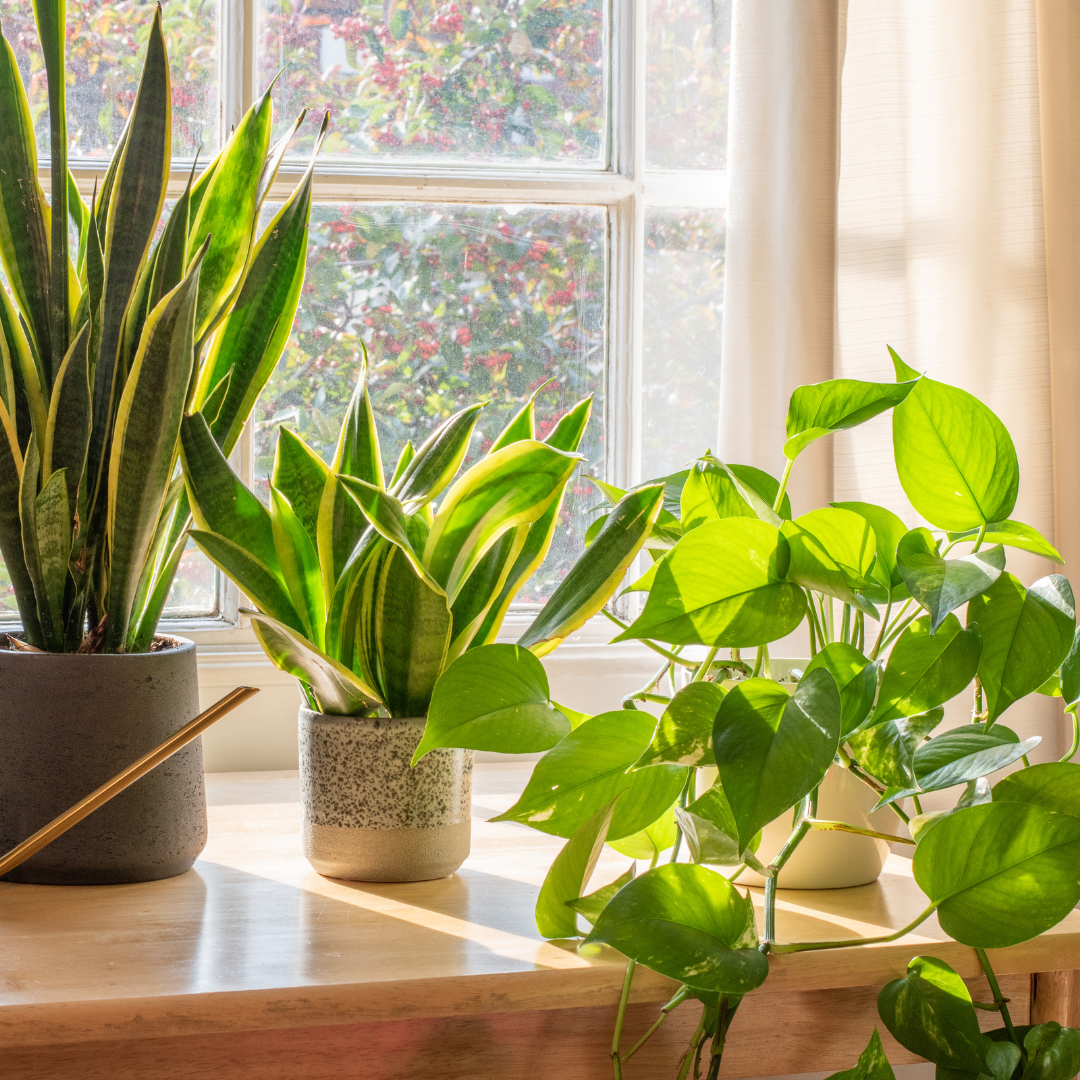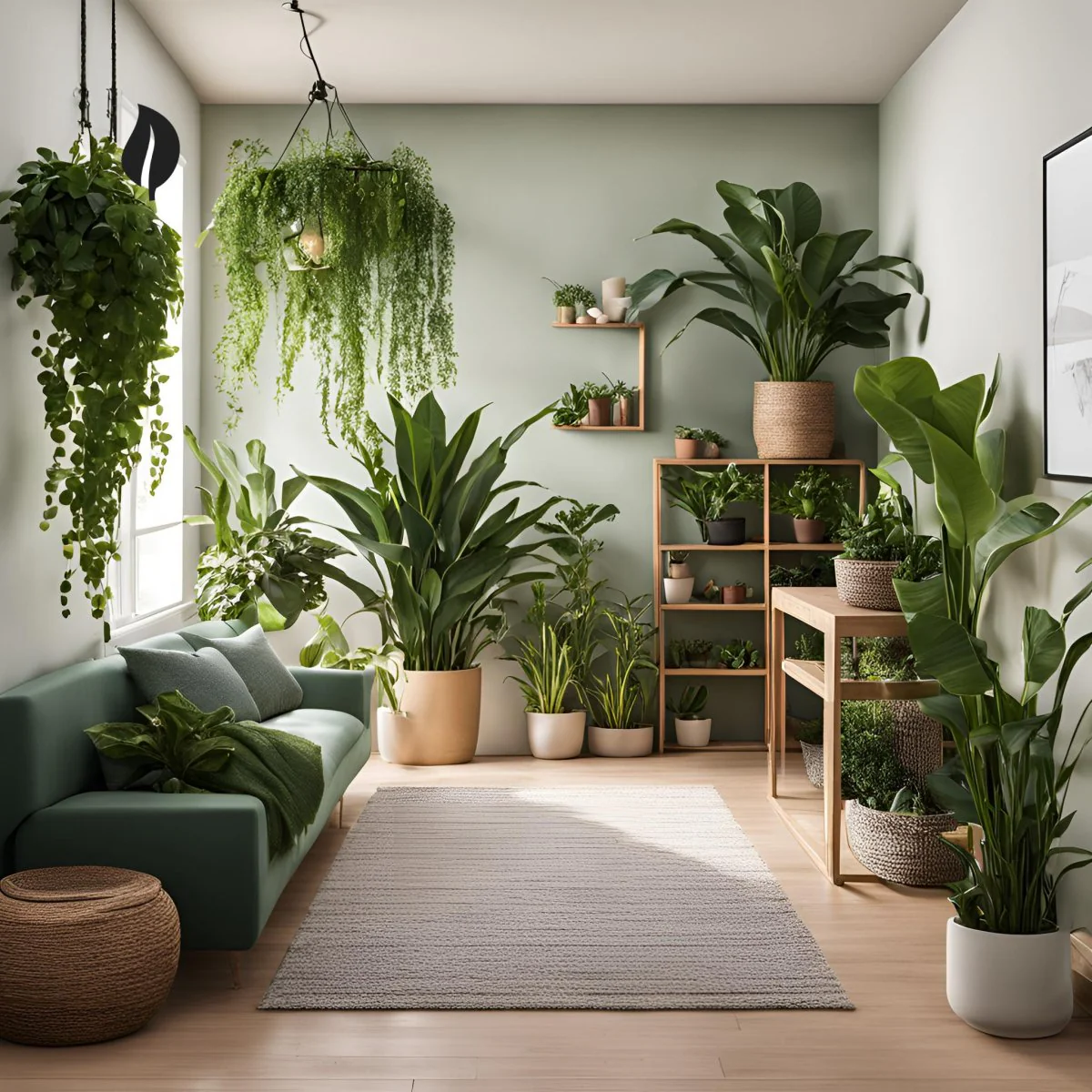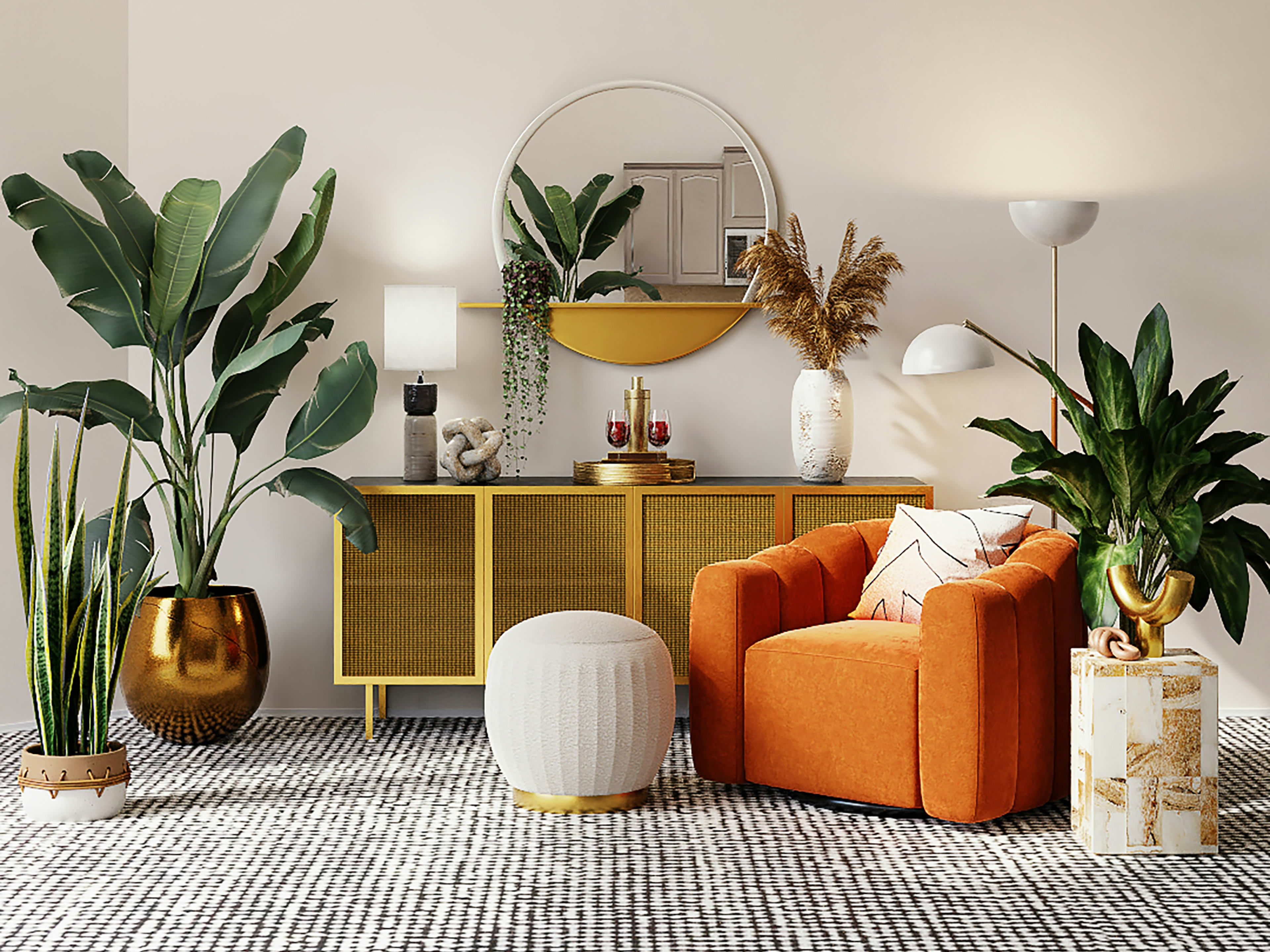The Best Low-Light Indoor Plants to Improve Your Home’s Air Quality
Check Out the Unique Advantages of Low-Light Indoor Plants for Your Living Room
Incorporating low-light interior plants into your living space provides a wide range of benefits that prolong far beyond mere aesthetics. These hardy plants not only flourish in atmospheres with minimal sunshine yet also serve important features such as air filtration and humidity improvement.
Air Purification Benefits
Low-light indoor plants not just enhance the aesthetic allure of living rooms however likewise play a considerable role in air purification. Research has actually demonstrated that specific plant species can properly eliminate usual indoor contaminants, including trichloroethylene, formaldehyde, and benzene. These substances frequently emanate from home things such as furnishings, cleansing products, and building materials, adding to indoor air top quality problems.
Plants such as the serpent plant, pothos, and peace lily are especially proficient at filtering dangerous compounds from the air while thriving in low-light conditions. The procedure of phytoremediation, where plants take in and metabolize toxins, enables these species to add considerably to a much healthier interior atmosphere. Additionally, through photosynthesis, plants launch oxygen, further enhancing air high quality.
Incorporating low-light interior plants right into home or office rooms not just supplies visual advantages however additionally offers as a sensible strategy for improving air quality. By choosing the best types, individuals can produce an atmosphere that promotes wellness and decreases direct exposure to harmful pollutants, making these plants a necessary component in modern indoor living.

State Of Mind Improvement Effects
Many researches have actually shown that incorporating indoor plants can significantly boost state of mind and general psychological health. The existence of greenery in indoor settings has actually been linked to reduced stress and anxiety degrees, enhanced feelings of calmness, and boosted emotional health. Low-light indoor plants, in certain, prosper in atmospheres where natural light is restricted, making them best for different living areas.
Research indicates that connecting with plants can stimulate the launch of serotonin, a neurotransmitter connected with feelings of happiness and well-being. Additionally, the act of caring for plants cultivates a sense of responsibility and achievement, further adding to favorable mental health results. Additionally, low-light plants such as snake plants, pothos, and tranquility lilies have actually been shown to boost air high quality, which is intrinsically connected to mood improvement.
Integrating these plants right into your home or workplace can create a serene ambience, using a visual and sensory escape from the hustle and bustle of day-to-day live - Best low-light indoor plants. As people spend increasing quantities of time indoors, the mood-enhancing results of low-light indoor plants come to be much more important, giving not only visual appeal but additionally a profound effect on psychological well-being
Reduced Upkeep Requirements
For those looking for to boost their indoor areas without a substantial time dedication, low-light interior plants are an excellent option because of their low maintenance requirements. These resilient plants thrive in less-than-ideal lighting problems, making them excellent for workplaces and homes where all-natural sunshine is limited.

Pest resistance is another advantage of low-light indoor plants. Many selections are less at risk to typical insects, reducing the demand for continuous monitoring and treatment. Moreover, these plants typically expand a lot more slowly than their high-light equivalents, indicating less frequent repotting and trimming are required.
Aesthetic Charm and Versatility

Furthermore, these plants can be set up in myriad methods, whether in teams for a rich result or as standalone attributes to attract i thought about this the eye. The choices of planter styles-- from smooth ceramic pots to rustic wooden containers-- better enhance their aesthetic worth, permitting homeowners to express More about the author their personal design.
Moreover, low-light plants can be strategically positioned in locations that may or else really feel disregarded, such as corners or dimly lit shelves, thereby maximizing their ornamental capacity. Ultimately, the mix of their striking appearance and adaptability makes low-light indoor plants an important addition to any kind of living room, developing an inviting atmosphere that advertises well-being and leisure.
Enhanced Humidity Levels
Enhancing indoor moisture levels is just one of the considerable advantages of integrating low-light indoor plants right into living rooms. These plants normally launch wetness vapor through a procedure called transpiration, which occurs when water taken in by the roots moves via the plant and evaporates from the fallen leaves. This process not only raises humidity yet also contributes to a much healthier indoor setting.
Improved humidity degrees can alleviate various health and wellness issues, such as completely dry skin, breathing troubles, and allergies. Lots of people experience pain in arid indoor problems, particularly during cold weather when home heating systems remain in use. By strategically putting low-light plants throughout your home, you can develop a more balanced moisture degree that cultivates general health.
Furthermore, particular low-light indoor plants, like peace lilies and spider plants, are specifically effective at enhancing moisture. Their capacity to flourish in low-light atmospheres makes them excellent for various rooms, from workplaces to rooms. In enhancement to improving moisture, these plants can also enhance air quality by straining usual interior toxins, making them a beneficial enhancement to any kind of space. Hence, low-light interior plants serve both functional and aesthetic purposes, advertising a much healthier environment.
Conclusion
In summary, low-light indoor plants offer many benefits that add to a much healthier and much more welcoming living space. Including these resilient plants right into indoor settings not just elevates the atmosphere yet likewise advertises general wellness, developing a peaceful refuge for locals.
Plants such as the serpent plant, pothos, and peace lily are specifically adept at filtering hazardous materials from the air while growing in low-light problems. Low-light plants such as serpent plants, pothos, and tranquility lilies have been shown to improve air high quality, which is inherently connected to state of mind improvement.
Low-light interior plants, such as snake plants, pothos, and ZZ plants, not only enhance the visual landscape of a space yet additionally introduce various structures and tones of green that can complement diverse interior designs. These plants normally launch wetness vapor via a procedure recognized as transpiration, which takes place when water soaked up by the origins relocates with the plant and vaporizes from the leaves.Furthermore, specific low-light indoor plants, like peace lilies and spider plants, are particularly effective at increasing moisture.